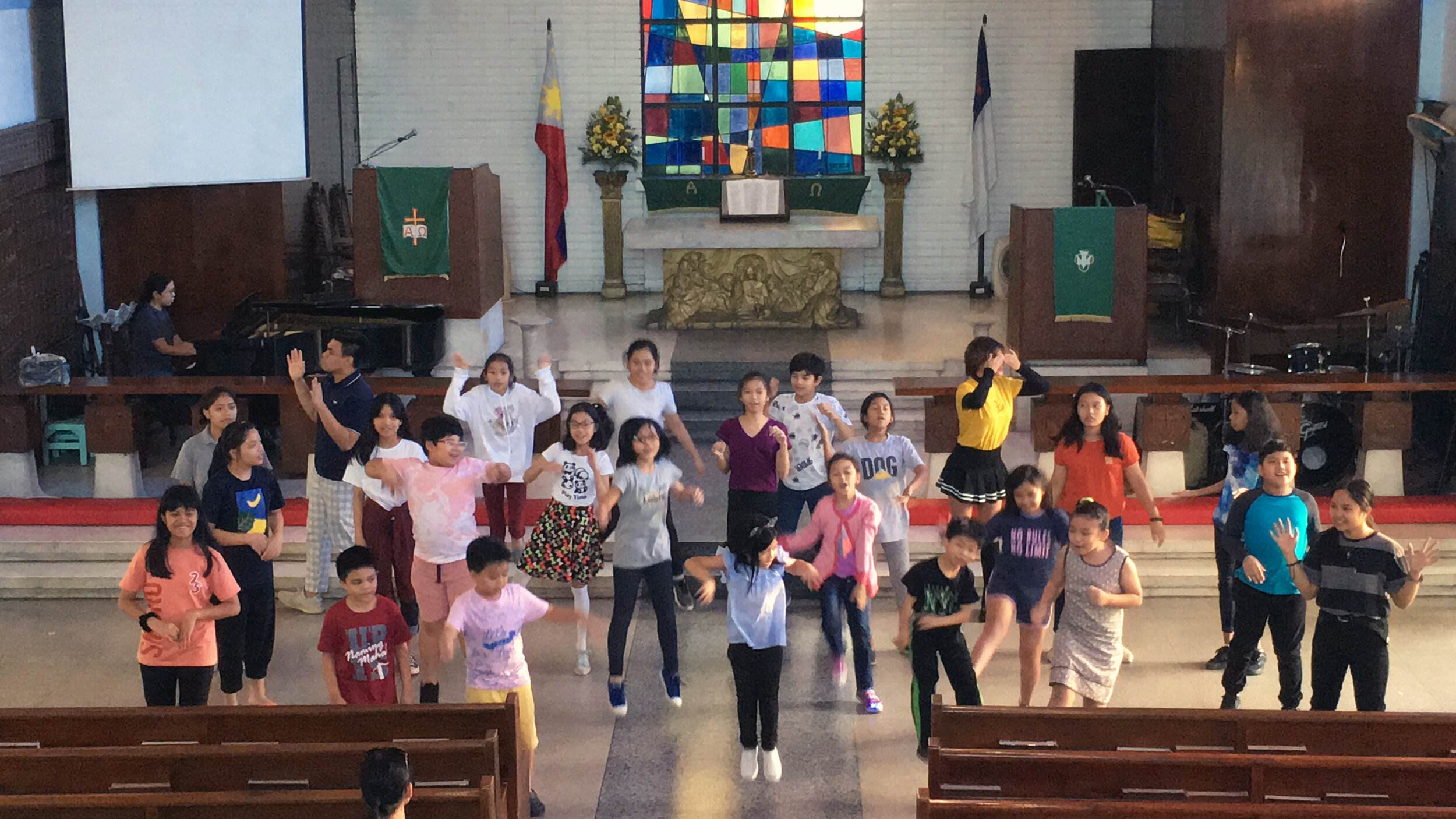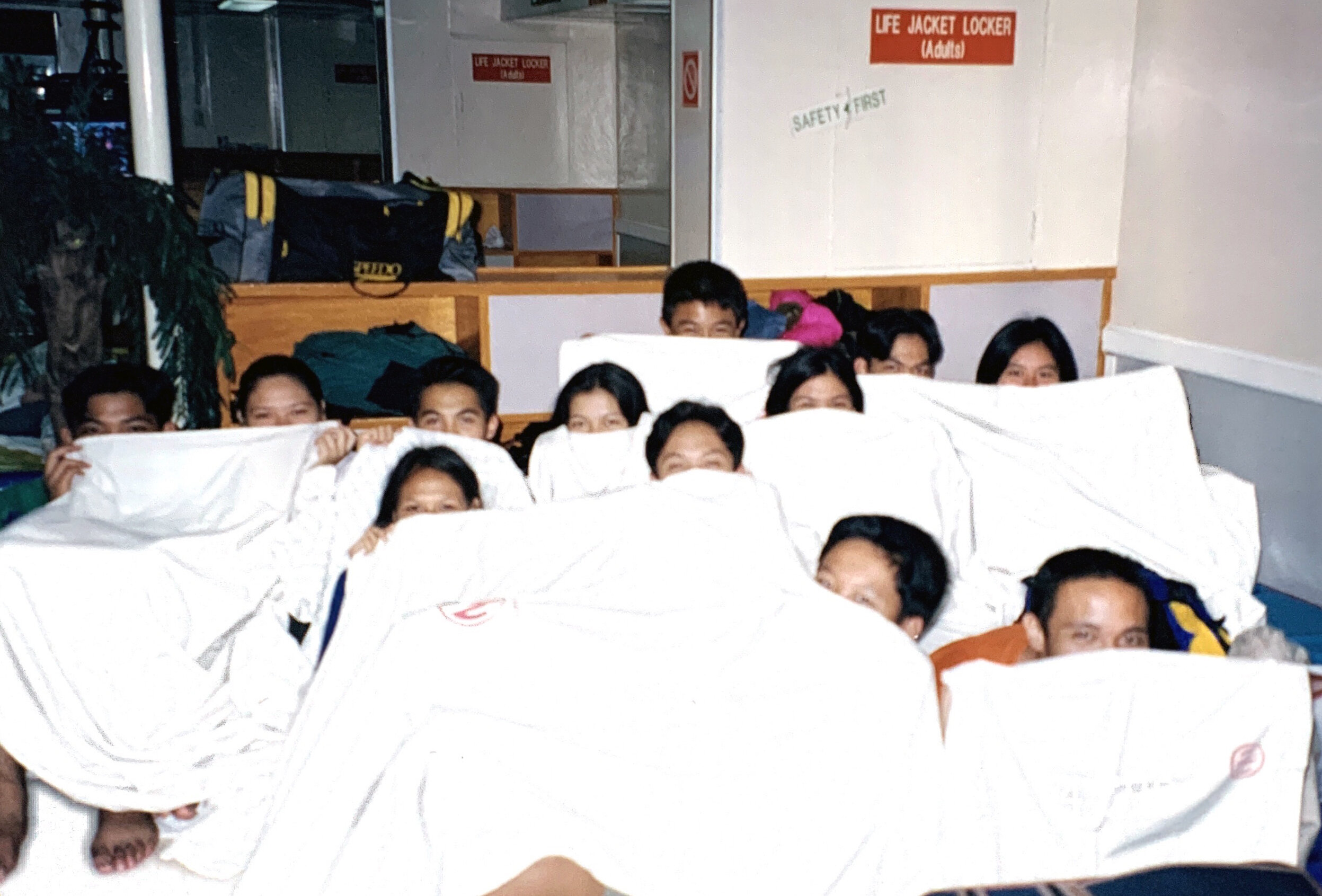Children and Art
by Elena Rivera Mirano
“But they are so big, they are hardly even children,” someone observed. I had stepped out of the rehearsal room to get some air and overheard the remark of an adult singer waiting for his own rehearsal to follow. My treble choir of young singers from the primary and secondary school was memorizing a long and complicated text. The comment was typical. I had heard it often. And yet, after all those years, it still had the power to disturb me. The choir of young people from ages 10 to 16 is often referred to as a children’s choir. Boy choirs in the English tradition consist of pre-teen sopranos and adolescent and post-adolescent altos. Famous Scandinavian children’s groups include even twenty year olds in their ensembles. But invariably, cosmopolitan Manila raises its eyebrows if anyone above twelve appears on the concert stage and calls him or herself a child. I was reminded of a notorious case of child rape that had hogged the headlines the year before where the accused sought to prove that the girl he had raped was actually thirteen and not twelve at the time of the act and thus mitigate the seriousness of the crime.
A sigh escaped from deep inside me. I thought of the people inside the room, how young they were, how intense were their passions and emotions, how well they were learning to hone and discipline these in song as they grew in body and spirit. What were they? Where did they belong? Certainly not in an adult choir. The older girls, with their muted but steady, clear voices; were beginning to lose the shrill qualities of the very small but they did not have the rich vibrato of women. The big boys’ voices, unsteady in sections, had a subtle cool color that added solidity and weight to the alto section where they were more comfortable than any cambiata or baritone setting I could imagine. Theirs was the sound of creatures in metamorphosis - a strange and dappled beauty one does not encounter elsewhere.
I recognized, however, that part of my distress stemmed not from the character and quality of the children’s sound but from my own perception that adults, musicians or not, miss the point of working with children as artists.
For the child at large, and the child as artist, the child on display in particular, runs the risk of objectification, as a miniature, a doll, something to amuse an idle hour, like a Tom Thumb or, in our own society, a Barbie. Children on stage, doing tricks, being cute, ingratiating themselves to the audience are entertaining and amusing and this is their primary attraction. It is relatively easy to put kids on display, teaching them cute songs that they can learn in one sitting and perform in three, all the while telling them, “Smile…smile…try not to look sad.”












But I have seen them at work and at play. I have shared in their victories and defeats, their fears and insecurities. And very early on in my experience with them, I realized that they were not the simple, innocent, carefree creatures society makes them out to be. They are capable of unbrindled joy, of uncontrolled anger, of dark irrationality and profound understanding. We do them injustice when we simplify them, when we talk or teach down to them. And so our singing together has consisted of acts of reaching and stretching out, past what seems to be their capacity, so that all of us, together, stumble and fall and yet rise again. Learning together has become a grappling with the complexity and intricacy of their own lives. Their songs are a celebration of the terrible and wonderful thing it is to be a child.
